Director’s Notebook
Getting a chance to sit down with Secretary General Wei-Sen Li was like catching up with an old friend. Even though it was only our first time meeting, I quickly found out that we had a lot in common. When Li was taking a picture with the NCDR Line mascot, he said, “I employ complex scientific theories when designing things because I come from a civil engineering background. However, when I’m at a construction site, I need to use simple illustrations with everyday language so my foreman and my team can actually understand how to imbue every aspect of what we are working on with sound science. So the most useful thing I’ve learned over the years is how to speak like normal down-to-earth human being. Especially when it comes to disaster management. It’s essential to use language that everybody understands, otherwise you won’t get the result you’re looking for.” Li’s concepts of simplifying complex information and making things interesting is exactly the same as what I was going for in my first podcast “Human Translation Machine.”
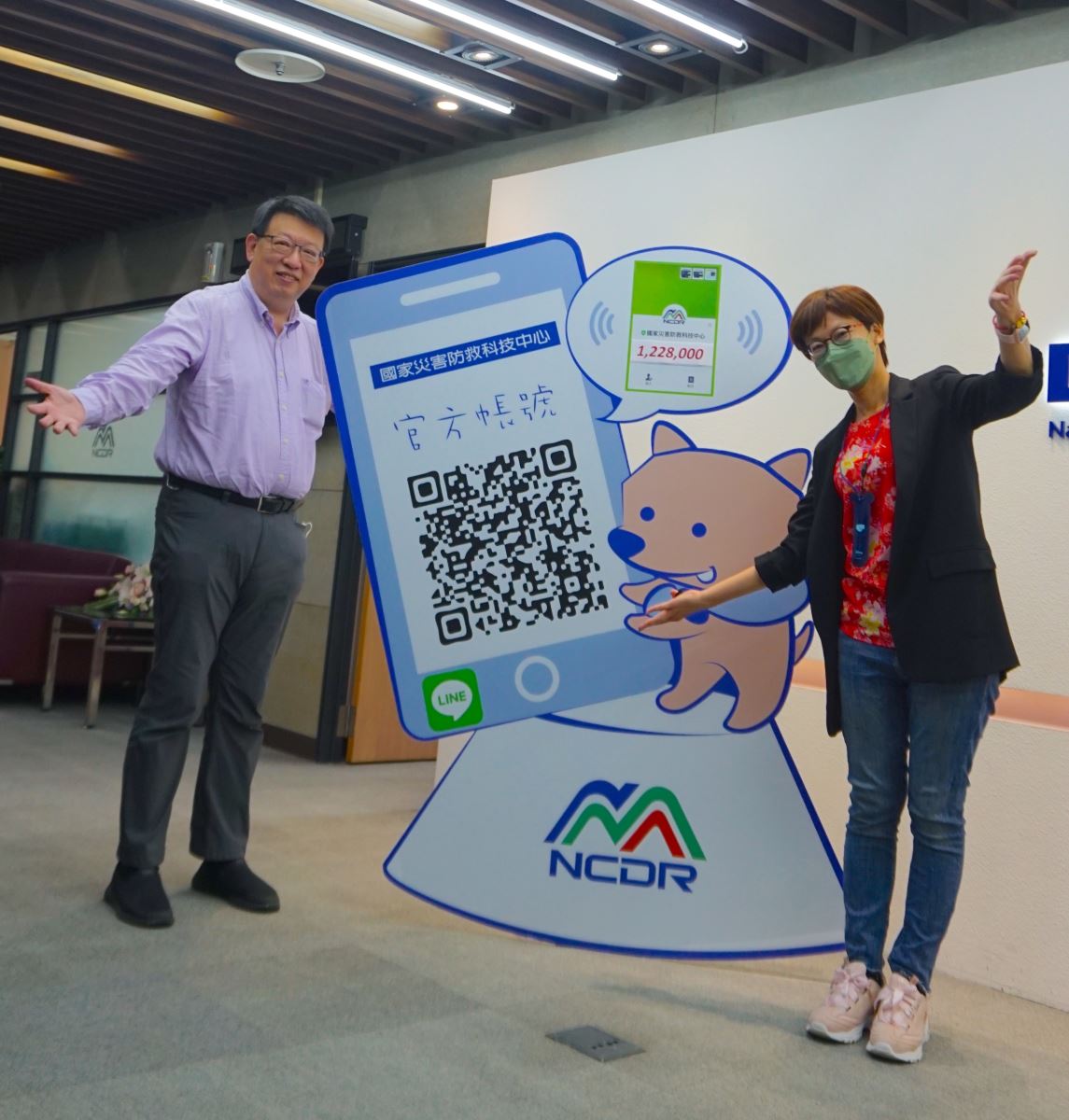
Picture 1: Secretary General Li Promoting the Official NCDR Line Account which Sends Out Real-time Bulletins on Earthquakes, Typhoons and Work/Class Suspensions. (Photo Courtesy of Pei-Lin Lin )
Friendly Beyond Measure. 3-time APEC Emergency Preparedness Working Group (EPWG) Co-chair.
Secretary General Li possesses a special type of warmth that turns strangers into good friends in just a few seconds. When we met, Li did a once over on my business card and then quickly ran what he saw through his memory. With just the few bits of information on my business card, he came up with a list of potential mutual friends. Also, I felt an affinity with Li, a person with a background in disaster management, prevention, reduction, and relief, because of my experience working in the news industry covering things like Typhoon Morakot, Typhoon Nari, landslides, and Tzu Chi international disaster relief.
During my interview with Li, I couldn’t help myself from asking how he was able to serve as APEC EPWG Co-chair three times. Being the modest person that he is, Li gave the credit to the Ministry of Science and Technology (MOST). “MOST taught me how to serve the international community at large by bringing the results of Taiwan’s scientific research beyond our borders. Through simple and easy-to-understand diagrams, Taiwan has been able to transmit information on disaster management to other countries abroad. Thus, NCDR, acting in concert with MOST’s “Technology Service Group,” has been an important connecting force in international disaster management technology. This has happened mainly by sharing the results of Taiwan’s disaster management research with people abroad and the international community.” Li also thanked Hongey Chen, the Director of NCDR, and the professors from National Taiwan University’s Department of Civil Engineering and Academia Sinica’s Department of Civil Engineering for their professional guidance. Li said these talented individuals made him realize that you can bring people closer together by expressing professional knowledge in everyday language and by connecting such concepts to everyday life. When thinking back on his time as the EPWG Co-chair, Li recalled that he was able to gradually implement regional disaster management policy despite a multitude of different opinions. This was because he received the trust of other APEC members and was committed to overcoming linguistic, cultural, and political differences. For instance, while in the Philippines in 2010, Li worked with other APEC member countries to formulate the APEC Disaster Risk Reduction Framework. For international organizations, mutual trust and common consensus are of the utmost importance in achieving goals. On the contrary, it’s essential to avoid anything that disrespects other parties.
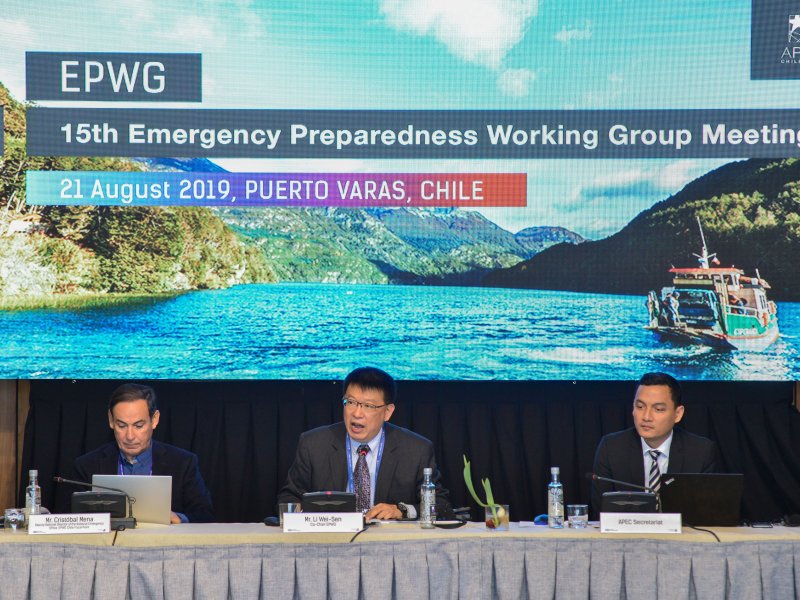
Picture 2: Serving as the 2019 APEC EPWG Co-Chair. (Photo Courtesy of Wei-Sen Li)
Students from 16 Countries Participated in the Youth Leadership Camp on Disaster Risk Management Despite the Pandemic
International events have in large part ground to a halt over the last two years due to the global pandemic. However, the pandemic didn’t stop NCDR from hosting its International Training Workshop (ITW), which has been held since 2005. In its 17 year history, these workshops have hosted 500 students from 46 different countries. Even though the 17th ITW was postponed because of the pandemic, it was eventually held from January 15-17, 2022 at Tzu Chi Banqiao. This particular ITW aimed to involve foreign master’s and doctoral students studying disaster management who have been living in Taiwan long-term. Despite this target, other individuals were welcome to participate as well. Li said NCDR has had the motivation to put on these workshops because of encouragement from their partners abroad. Many of Li’s colleagues at NCDR have said that when they are at international events and introduce themselves to people from abroad, they are excited to tell Li’s colleagues that they previously attended disaster management training back in Taiwan. Thanks to the unwavering long-term support of MOST, Taiwan has been able to cultivate international partnerships by offering world-famous disaster management training. Also, we’ve been able to develop diplomatic assets for Taiwan over the years because we invite different disaster management experts from around Taiwan and abroad based on the unique theme of our ITW every year. For instance, at the ITW proceeding Typhoon Morakot, we met someone from the Icelandic Association for Search and Rescue, who is now a current member of their national parliament.
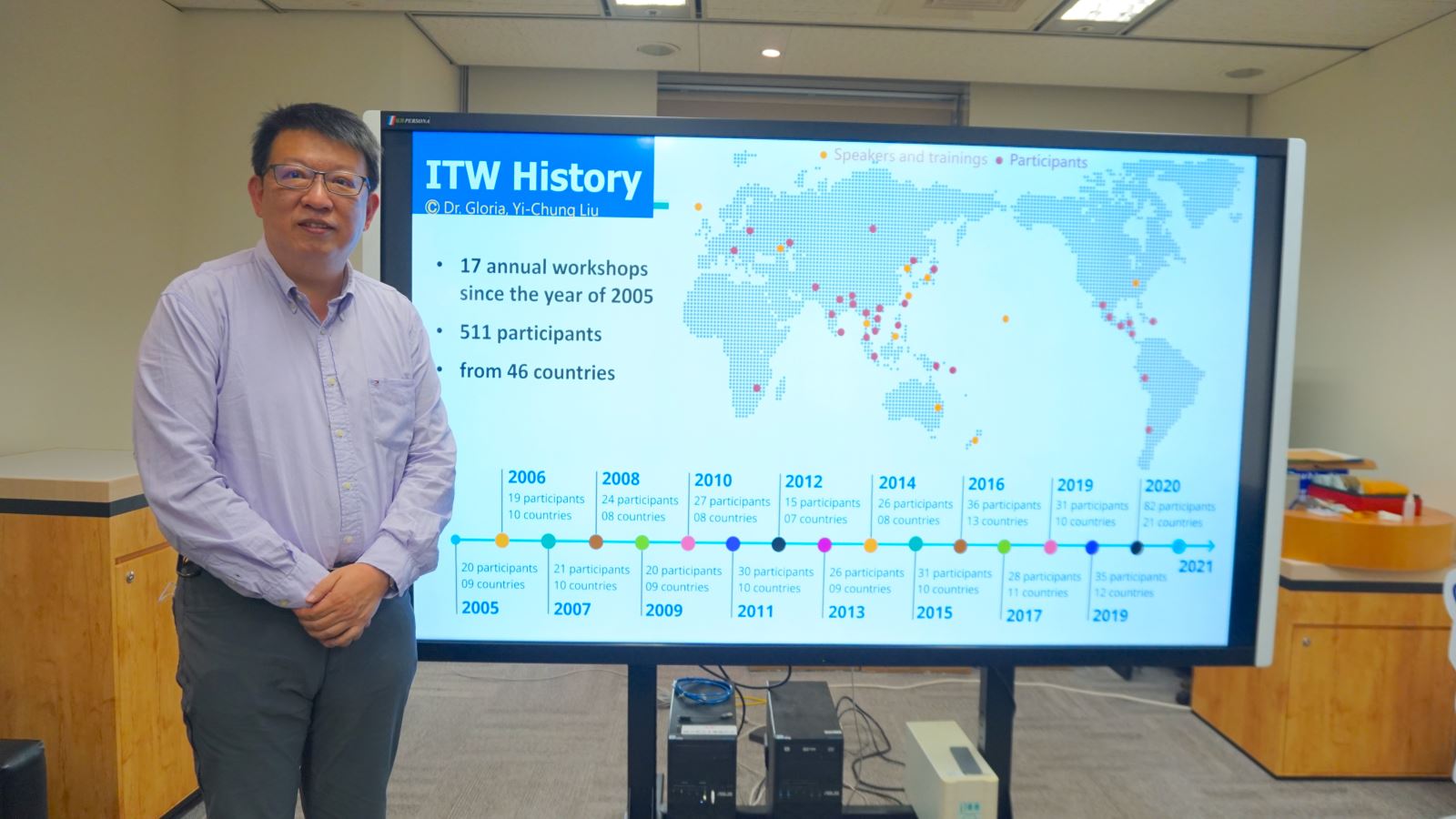
Picture 3: Secretary General Wei-Sen Li Explaining the Long History of ITW (Photo Credit Wei-Sen Li)
Back at the 2022 ITW, all of the participants were buzzing with excitement because the event featured a simulation of the 6.9 earthquake that struck the Gorkha District of Nepal. At the event, volunteers and members of Tzu Chi with experience in disaster relief helped NCDR experts run workshops that allowed participants plan their own concept of an emergency shelter. This gave 44 students from 16 countries a chance to put their ideas on paper and actualize abstract concepts into concrete images. Afterwards, these students turned their images into 3-dimensional objects by building model structures out of Legos. Participants also got a chance to roll up their sleeves and pitch in on constructing prefab structures, learning how to use water purification equipment, and preparing lunch for over 100 people in a mobile kitchen, which was quite a feat for many students who had ever cooked before. In a short three-day workshop, students were able to put disaster management knowledge and disaster relief scenarios into practice through real-life applications. Most importantly, they can now take what they’ve learned to help other people in the future.
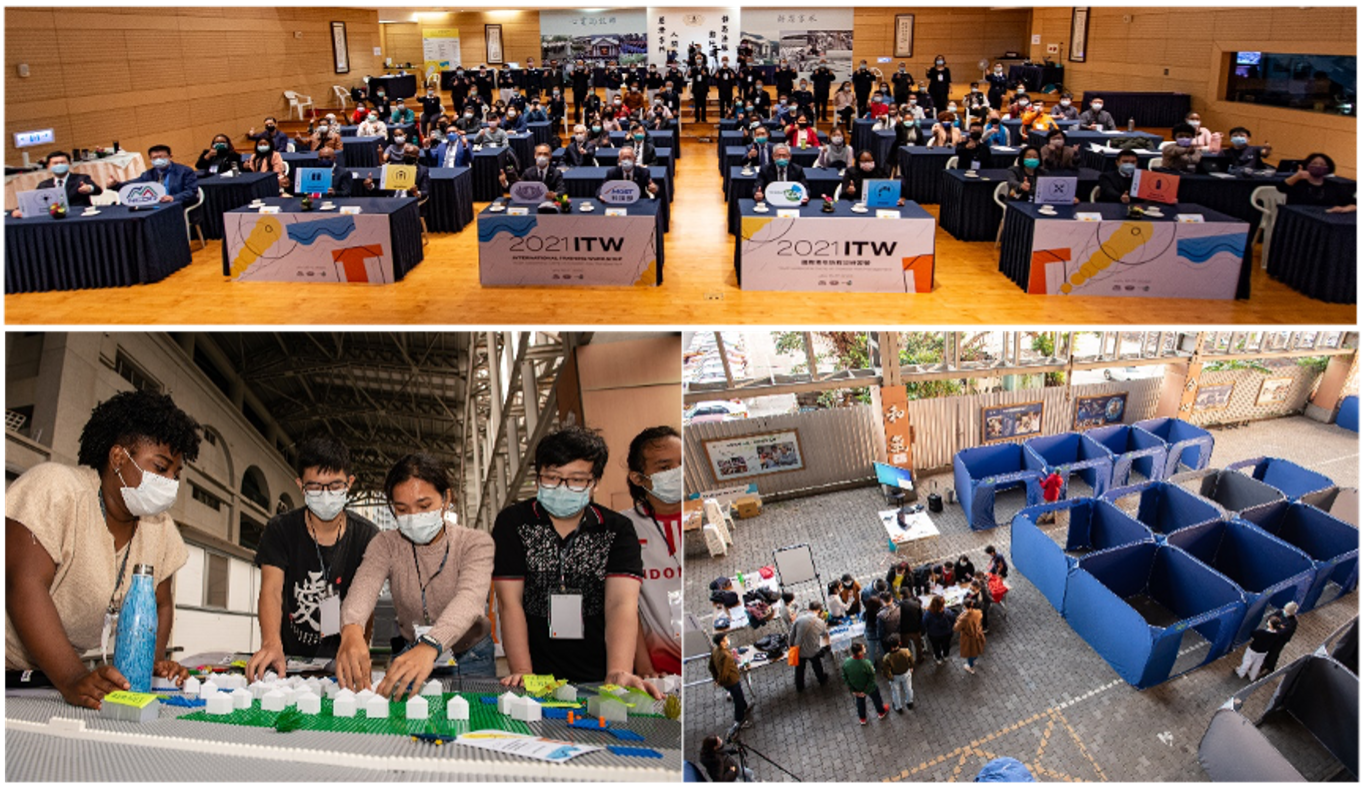
Picture 4: Building Model Structures and Water Purification Systems at the 2022 ITW (Photo Courtesy of Wei-Sen Li)
A Sunflower in Bloom: New Southbound Disaster Management
Li has shared Taiwan’s disaster management technology in 37 countries around the world. According to Li, Taiwan’s disaster warning system is unique because the government released data from over 200 buildings that house 40 government agencies. This critical decision has made delivering warnings faster and more accurate. Since 2018, NCDR and Iloilo City, Philippines have signed a cooperative agreement thanks to the vision of NCDR Director Hongey Chen. Through this agreement, NCDR set up disaster management devices and testing systems as well as engaged in joint data analysis with Manila Observatory. In November of 2019, NCDR signed another agreement with Iloilo City, which activated 25 weather stations and provided instruction for Iloilo City’s disaster management agency and academic researchers on how to use disaster information networks.
.jpeg)
Picture 5: Providing Instruction on Disaster Information Networks in Iloilo City, Philippines in 2019. (Photo Courtesy of Wei-Sen Li)
No one could have imagined that only month later, on the day after Christmas, the system would provide precision monitoring on an earthquake in the Philippines.
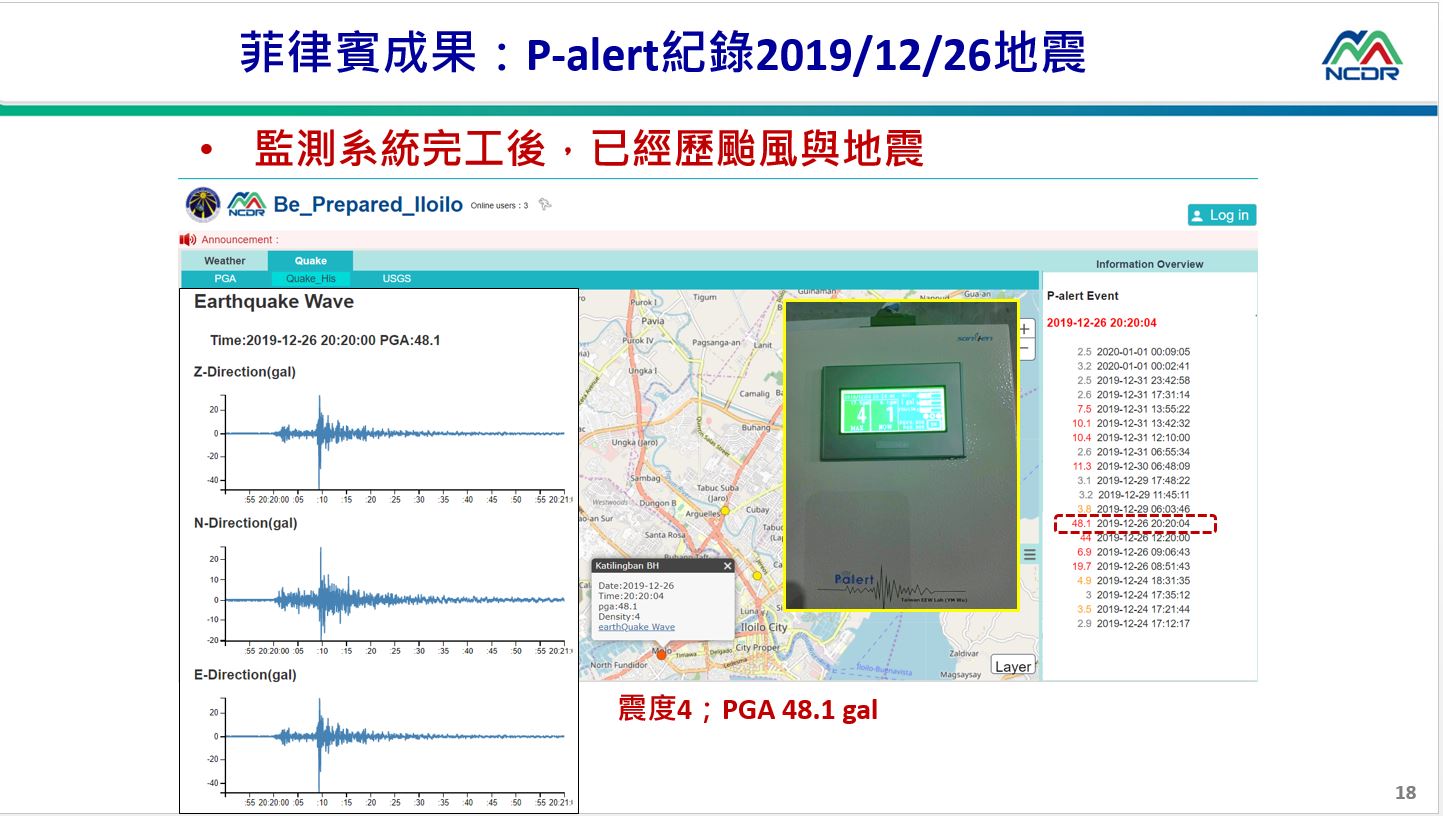
Picture 6: The P-alert System Successfully Recording a 2019 Earthquake in the Philippines. (Photo Courtesy of Wei-Sen Li)
Following the success in the Philippines, New Southbound partner countries started thinking highly of Taiwan’s disaster warning system. Therefore, Taiwan was able to collaborate with the Royal University of Bhutan to set up 12 monitoring stations throughout Bhutan. In addition, Taiwan set up 25 stations in Nepal. Taiwan’s disaster warning system delivers information locally and to a cloud network. When internet connectivity is poor, local Taiwan NCDRs can engage in remote assistance through its warning platform that provides images of ongoing disasters. For instance, when Typhoon Megi struck the Philippines, Taiwan was highly successful in collaborating on regional disaster prevention by providing assisting in monitoring the unfolding disaster. Taiwan’s performance inspired Jerry Trenas, Mayor of Iloilo City, to state that Taiwan’s integrated disaster decision making protocols assisted Iloilo City during Typhoon Megi. Mayor Trenas said this to an international audience at the 2020 Asia-Pacific Partnership for Disaster Risk Reduction Forum, which was co-hosted by Australia.
However, the real fruits of the cooperation between Taiwan and the Philippines was carrying out disaster risk reduction in an underserved area of Iloilo City that was prone to flooding. This only could happen because NCDR received support from MOST and APEC Secretariat project funding. In addition to members of NCDR helping construct drainage channels in rural areas during severe storms, the Taiwan Agricultural Research Institute, the World Vegetable Center, and Known-You Seed Company helped turn the area into a famous tourist destination. These organizations accomplished this by providing high-quality seeds and farming techniques so that locals could plant majestic sunflowers. Also, these organizations helped at-risk locals grow vegetables in the area, which empowered those easily impacted by natural disasters to supply themselves with a diverse source of nutrition. After the COVID-19 pandemic broke out in 2020, employment opportunities for locals severely diminished. However, those that had learning farming techniques could at least provide themselves with basic sustenance. NCDR continues to demonstrate the benefit of international public-private cooperation by keeping channels of communication open with the local city government.
Through enthusiastically sharing Taiwan’s experience, “New Southbound” and “disaster management technology” are no longer just seen together in writing. These two concepts have united the technological prowess, sincere effort, and heartfelt communication of countless individuals. Wei-Sen Li’s firsthand experiences prove that Taiwan can have an impact through being warm, generous and caring.
(1).png)
Pic: Introduction of the columnist, Pei-lin Lin